Japan Alps, Scenic Beauty of Japan,
Matsumoto, NAGANO & Takayama, GIFU
5 Days 4Nights
Matsumoto, NAGANO & Takayama, GIFU
5 Days 4Nights
- Day 1
- Tokyo – Matsumoto
Board a limited express train from Shinjuku, bound for Matsumoto, a 2-and-a-half-hour trip.
On arrival at Matsumoto station, transfer by private car to the city of Matsumoto for sightseeing.
*A free shuttle bus from Matsumoto station to Myojinkan ryokan is available at 15:15 and 16:30 every day. Please book in advance.
The city of Matsumoto is a picturesque castle town situated on a wide plain among the Japan Alps in Nagano Prefecture. There is a huge variety of things to experience in the Matsumoto area, in every season – in winter, there’s great skiing in the mountains nearby; in summer, the area draws hikers and other lovers of the outdoors from all over Japan; and all year round there are dozens of marvelous onsen hot springs to soak in. There are lots of great things to eat, too, including Matsumoto’s famous buckwheat noodles – well worth a try while you’re here.

Lunch: We will stop at Hikariya, an elegant old kura (traditional warehouse) that has been beautifully restored and converted into a stylish pair of excellent restaurants: Higashi, serving an exquisite kaiseki menu, and Nishi, specializing in French cuisine.
After lunch, you can enjoy some sightseeing around Matsumoto.
Matsumoto castle, a Japanese National Treasure, is one of the most beautiful and complete of Japan's original castles. It is also a good example of a hirajiro, or flatland castle built on a plain rather than on a hill or mountain. Matsumoto-jo's main keep was completed in 1598; the tower and smaller second turret were built from 1592 to 1614 and got plenty of use, as this was during the “Sengoku,” or “Warring States” period of turmoil in Japan’s history. Later, in 1635, when the conflicts had subsided, a turret for moon viewing, the Tsukimi Yagura, was added.
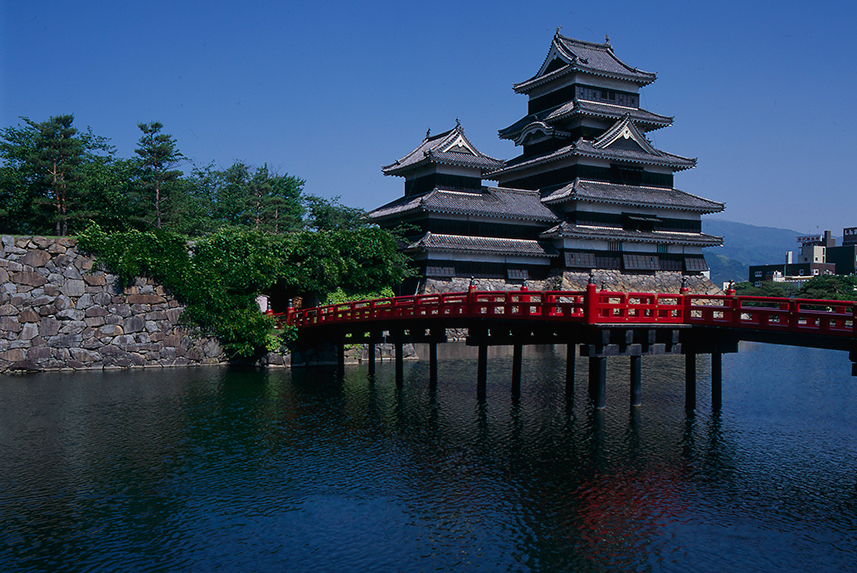
Nakamachi Street is often referred to as Old Street or Old House Street, because the buildings and houses along it have been restored to their original state. The result is a beautiful spot, with lovely little shops, cafes and bars.
Transfer to Myojinkan by private car.
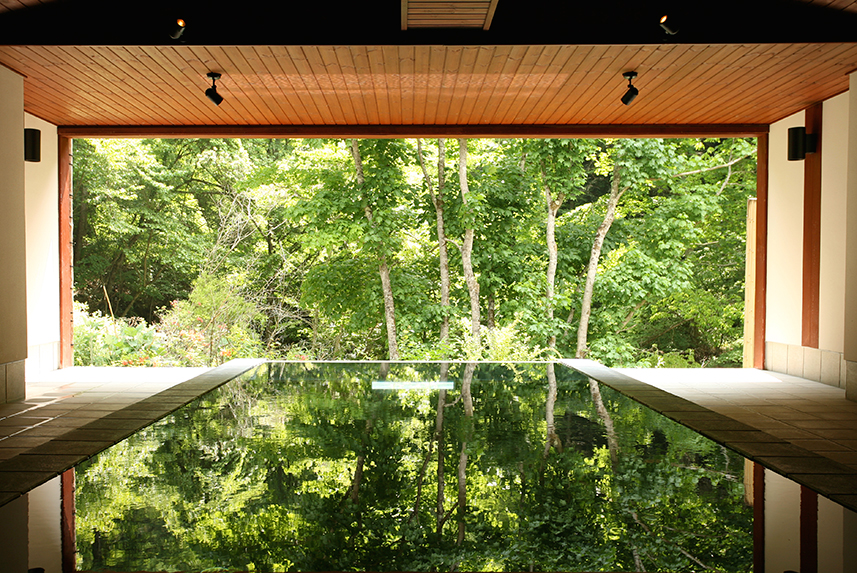
Check in at Myojinkan.
Nestled within a deep valley and surrounded by the mountains of Yatsugatake National Park is the beautiful Myojinkan ryokan. Established in 1931 as a small mountain inn, Myojinkan has emerged as one of Nagano Prefecture's premier resorts. As befits an inn surrounded by a national park, the staff of Myojinkan believe in a way of life that is in harmony with nature.
You can take some time to relax in your traditional Japanese tatami room with a private onsen hot spring bath.
You might also enjoy the ryokan’s four public onsen baths. Aesthetic treatments are also available.
On arrival at Matsumoto station, transfer by private car to the city of Matsumoto for sightseeing.
*A free shuttle bus from Matsumoto station to Myojinkan ryokan is available at 15:15 and 16:30 every day. Please book in advance.
The city of Matsumoto is a picturesque castle town situated on a wide plain among the Japan Alps in Nagano Prefecture. There is a huge variety of things to experience in the Matsumoto area, in every season – in winter, there’s great skiing in the mountains nearby; in summer, the area draws hikers and other lovers of the outdoors from all over Japan; and all year round there are dozens of marvelous onsen hot springs to soak in. There are lots of great things to eat, too, including Matsumoto’s famous buckwheat noodles – well worth a try while you’re here.

Lunch: We will stop at Hikariya, an elegant old kura (traditional warehouse) that has been beautifully restored and converted into a stylish pair of excellent restaurants: Higashi, serving an exquisite kaiseki menu, and Nishi, specializing in French cuisine.
After lunch, you can enjoy some sightseeing around Matsumoto.
Matsumoto castle, a Japanese National Treasure, is one of the most beautiful and complete of Japan's original castles. It is also a good example of a hirajiro, or flatland castle built on a plain rather than on a hill or mountain. Matsumoto-jo's main keep was completed in 1598; the tower and smaller second turret were built from 1592 to 1614 and got plenty of use, as this was during the “Sengoku,” or “Warring States” period of turmoil in Japan’s history. Later, in 1635, when the conflicts had subsided, a turret for moon viewing, the Tsukimi Yagura, was added.

Nakamachi Street is often referred to as Old Street or Old House Street, because the buildings and houses along it have been restored to their original state. The result is a beautiful spot, with lovely little shops, cafes and bars.
Transfer to Myojinkan by private car.

Check in at Myojinkan.
Nestled within a deep valley and surrounded by the mountains of Yatsugatake National Park is the beautiful Myojinkan ryokan. Established in 1931 as a small mountain inn, Myojinkan has emerged as one of Nagano Prefecture's premier resorts. As befits an inn surrounded by a national park, the staff of Myojinkan believe in a way of life that is in harmony with nature.
You can take some time to relax in your traditional Japanese tatami room with a private onsen hot spring bath.
You might also enjoy the ryokan’s four public onsen baths. Aesthetic treatments are also available.
- Day 2
- Matsumoto
You have several options for activities today.
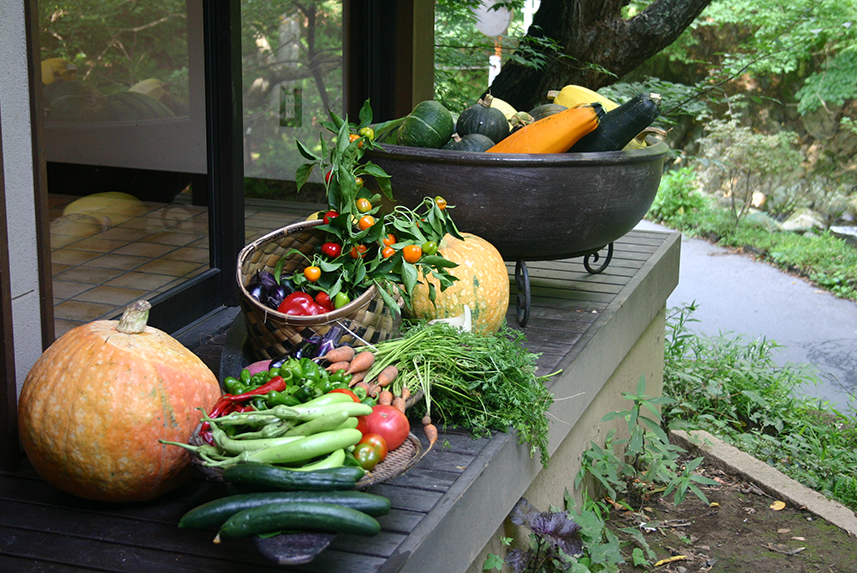
Near the Myojinkan Option 1: Start your day with a farm experience. Myojinkan maintains its own organic farm near the ryokan grounds, where vegetables and rice are grown and harvested for use in its organic kitchen. Guests can pick fresh vegetables and then have them for dinner.After this you can relax amid the beautiful nature and fragrant fresh air, and enjoy a light lunch of onigiri rice balls, as Japanese farmers do when they take a rest from their toil.
*Not available in winter
Option 2: You can try fishing. The deep mountain gorges around Myojinkan are home to cool forests and numerous mountain streams. With the sound of birds chirping and the babbling of brooks, this is a perfect place to enjoy a little fishing.
A drive to….
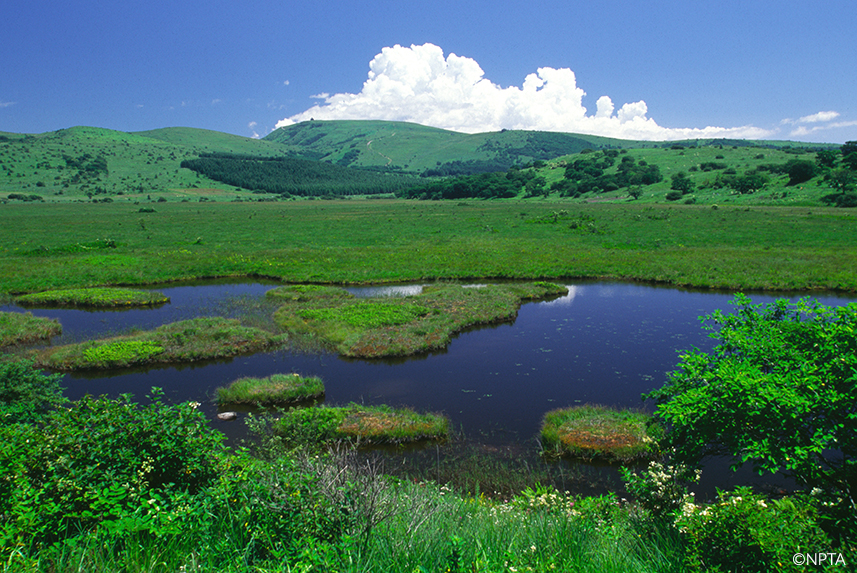
Option 1: Go nature trekking in Yashimagahara Marsh. This marsh, 1,630 meters above sea level, dates back some 12,000 years. With some 360 kinds of flowers and plants, it is considered one of the most beautiful highland marshes in the world. You can admire its natural beauty at any time of year.
Option 2: Stroll around the Utsukushigahara Open Air Museum. From here you can begin a short refreshing walk or a long adventure. On a clear day the 360-degree view is breathtaking and it’s a great place to stop for a few pictures. One can see Mt. Fuji and Kitadake to the south, Hotaka and Yarigatake to the west, and Mt. Asama to the east. A short way down the road is Utsukushigahara Open Air Museum, where you can find a fascinating collection of modern sculptures.
Option 3: Visit the Azumino Wasabi Fields, which line the roads in the peaceful outskirts of the town of Hotaka and are the largest such farm in Japan. First planted in 1915, the fields have enjoyed a long history that has even seen them featured in the 1990 film “Dreams,” directed by internationally acclaimed director Akira Kurosawa. The fields can be found 40-60 minutes away from Myojinkan by car.
Return to Myojinkan.

Near the Myojinkan Option 1: Start your day with a farm experience. Myojinkan maintains its own organic farm near the ryokan grounds, where vegetables and rice are grown and harvested for use in its organic kitchen. Guests can pick fresh vegetables and then have them for dinner.After this you can relax amid the beautiful nature and fragrant fresh air, and enjoy a light lunch of onigiri rice balls, as Japanese farmers do when they take a rest from their toil.
*Not available in winter
Option 2: You can try fishing. The deep mountain gorges around Myojinkan are home to cool forests and numerous mountain streams. With the sound of birds chirping and the babbling of brooks, this is a perfect place to enjoy a little fishing.
A drive to….

Option 1: Go nature trekking in Yashimagahara Marsh. This marsh, 1,630 meters above sea level, dates back some 12,000 years. With some 360 kinds of flowers and plants, it is considered one of the most beautiful highland marshes in the world. You can admire its natural beauty at any time of year.
Option 2: Stroll around the Utsukushigahara Open Air Museum. From here you can begin a short refreshing walk or a long adventure. On a clear day the 360-degree view is breathtaking and it’s a great place to stop for a few pictures. One can see Mt. Fuji and Kitadake to the south, Hotaka and Yarigatake to the west, and Mt. Asama to the east. A short way down the road is Utsukushigahara Open Air Museum, where you can find a fascinating collection of modern sculptures.
Option 3: Visit the Azumino Wasabi Fields, which line the roads in the peaceful outskirts of the town of Hotaka and are the largest such farm in Japan. First planted in 1915, the fields have enjoyed a long history that has even seen them featured in the 1990 film “Dreams,” directed by internationally acclaimed director Akira Kurosawa. The fields can be found 40-60 minutes away from Myojinkan by car.
Return to Myojinkan.
- Day 3
- Travel to Takayama
Check out from Myojinkan.
Today you will travel to Takayama by driving through Japan Alps. You will be met by driver and start a trip to Takayama.
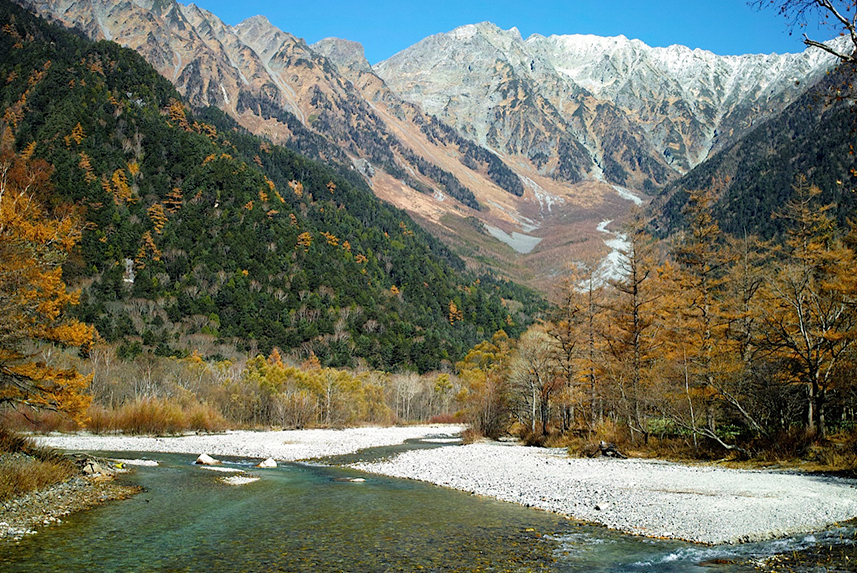
Visit Kamikochi or Norikura kogen. Kamikochi is par of the Chubu Sangaku Natinal Park which fascinates lots of people as its beauty of nature. It is one of the most scenic hiking spots in Japan. To preserve natural encironment, only taxi is permtetd to enter the mountain. It is only open from spring to autumn.
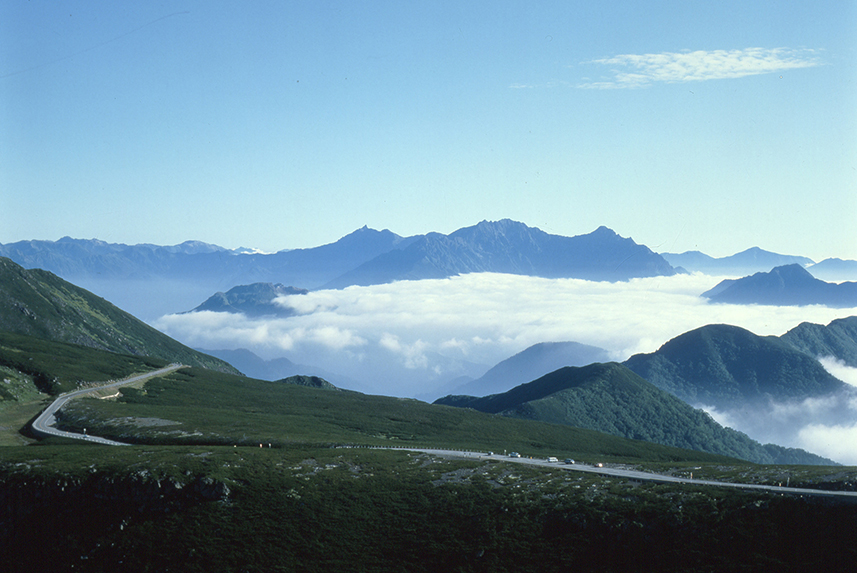
Norikura kogen is a highland at the base of Mount Norikuradake. You can find the hiking trails leads you to the beautiful natural sights.
Continue your way to Takayama.
*If you travel to Takayama without any stops, you may take an expres bus from Matsumoto Bus Terminal to Takayama Nohhi bus center. 1 hour and 30 minutes.
Check in at Wanosato.
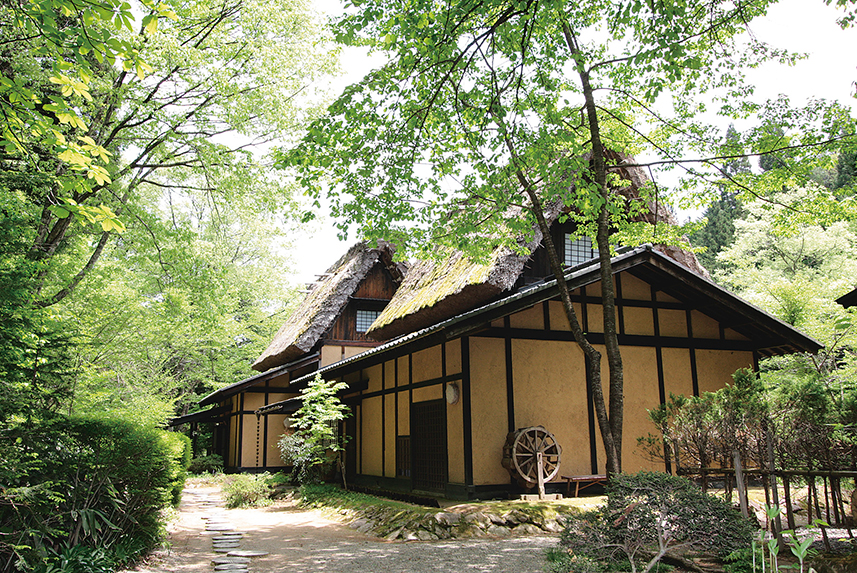
Tucked away in the forest, a short walk from the main building, are more minka with their lichen-covered thatched roofs and earthen walls, looking like they are appearing straight out of a tale of ancient Japan. The Japanese people’s love of nature, along with the country’s abundant forests, have resulted in Wanosato becoming a well-known hot spring and nature retreat.
After dinner, guests are invited to sit by an open built-in hearth called an iori, where you can enjoy the unique local beverages that are offered in the evening.
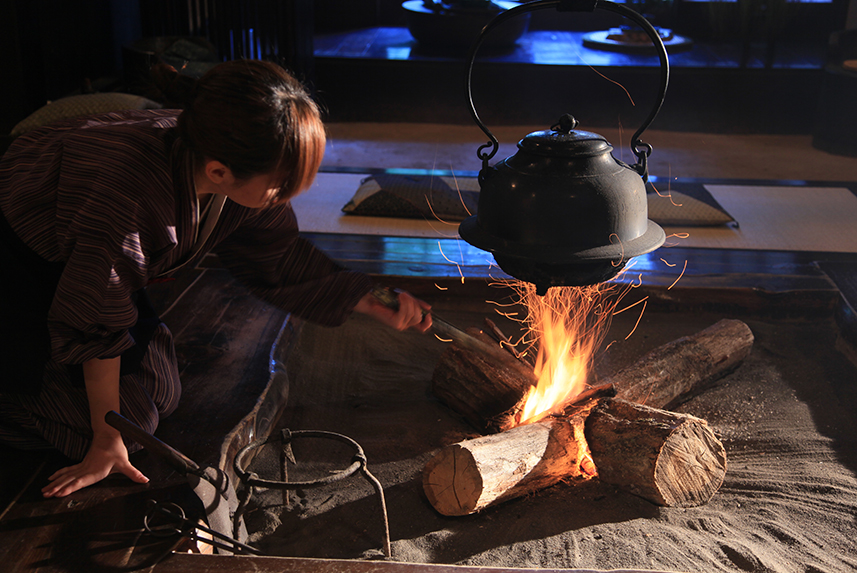
Today you will travel to Takayama by driving through Japan Alps. You will be met by driver and start a trip to Takayama.

Visit Kamikochi or Norikura kogen. Kamikochi is par of the Chubu Sangaku Natinal Park which fascinates lots of people as its beauty of nature. It is one of the most scenic hiking spots in Japan. To preserve natural encironment, only taxi is permtetd to enter the mountain. It is only open from spring to autumn.

Norikura kogen is a highland at the base of Mount Norikuradake. You can find the hiking trails leads you to the beautiful natural sights.
Continue your way to Takayama.
*If you travel to Takayama without any stops, you may take an expres bus from Matsumoto Bus Terminal to Takayama Nohhi bus center. 1 hour and 30 minutes.
Check in at Wanosato.

Tucked away in the forest, a short walk from the main building, are more minka with their lichen-covered thatched roofs and earthen walls, looking like they are appearing straight out of a tale of ancient Japan. The Japanese people’s love of nature, along with the country’s abundant forests, have resulted in Wanosato becoming a well-known hot spring and nature retreat.
After dinner, guests are invited to sit by an open built-in hearth called an iori, where you can enjoy the unique local beverages that are offered in the evening.

- Day 4
- Takayama
After breakfast you may take a free shuttle to Takayama station.
*The shuttle bus departs at 9:00, 10:00 and 11:00.
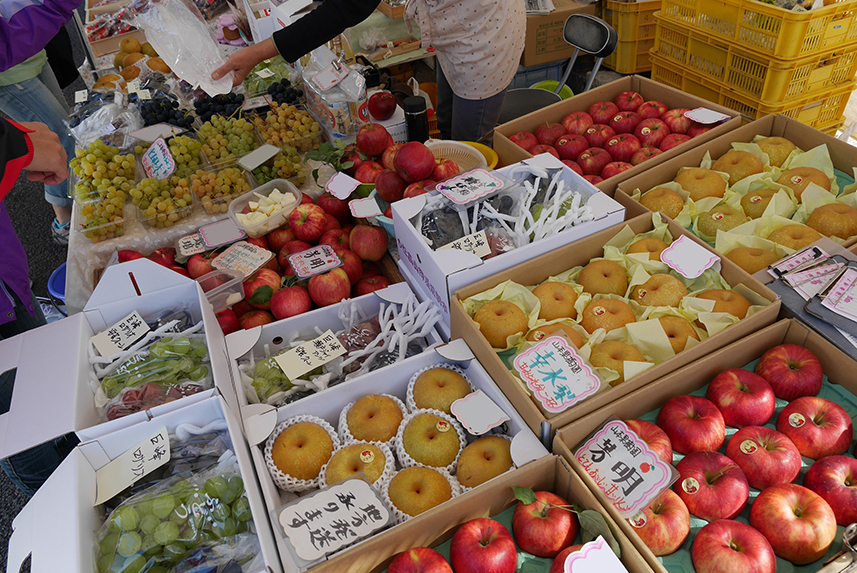
As your first stop, you could visit Takayama morning market. (Open daily 6:00~12:00) This is a great place to communicate with the friendly locals, as well as shop for local crafts and farm products such as vegetables, pickles and flowers.
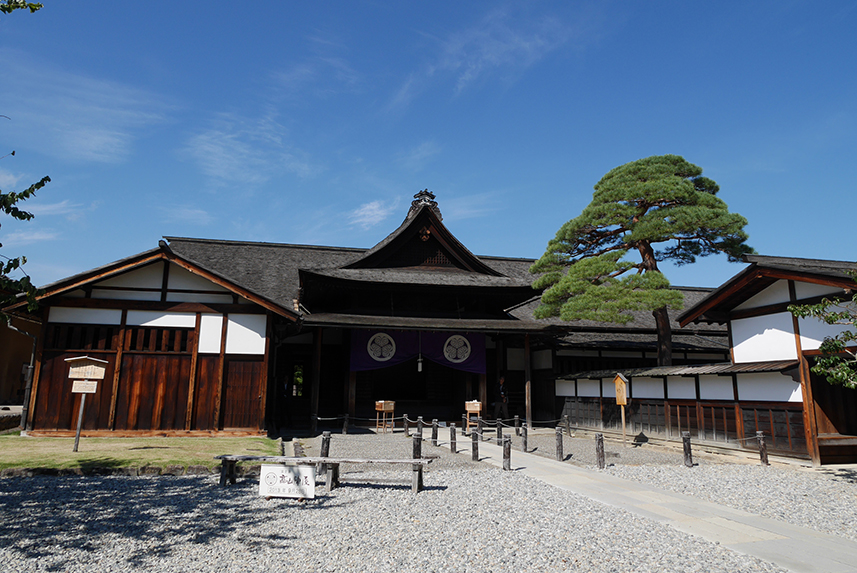
The Takayama Jinya building was a public office for 274 years, from 1695 to 1969. It was fully restored to revive the Edo period atmosphere, and now pine trees and gravel lanes contrast pleasantly with the beautiful white walls.
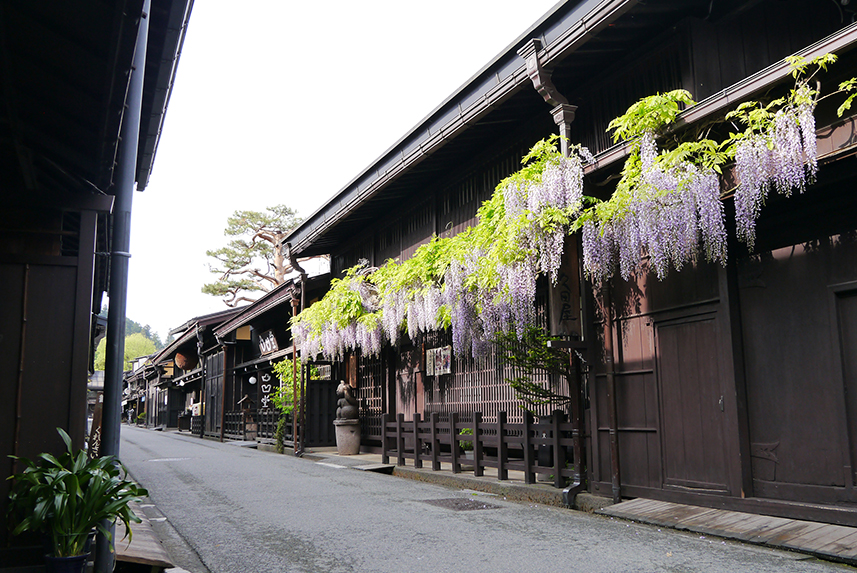
The pretty Sanmachi Old Town Street is situated in the old town on the east bank of the Miyagawa river in Takayama. It is famous for its historical shops and merchants’ homes with their distinctive latticed bay windows and linked eaves that date from the Edo period (17th to 19th centuries). Visitors can fully enjoy the quiet, idyllic atmosphere.
Take a local Sarubobo bus to Matsuri-no-Mori Museum where you can see the floats used in the famous Takayama festival, which have been restored by skilled artisans. When you walk into the dome area, you enter a world of tradition and festivals.
Return by shuttle bus to Wanosato.
*The shuttle bus departs at 14:10, 15:10, 16:10 and 17:10.
*The shuttle bus departs at 9:00, 10:00 and 11:00.

As your first stop, you could visit Takayama morning market. (Open daily 6:00~12:00) This is a great place to communicate with the friendly locals, as well as shop for local crafts and farm products such as vegetables, pickles and flowers.

The Takayama Jinya building was a public office for 274 years, from 1695 to 1969. It was fully restored to revive the Edo period atmosphere, and now pine trees and gravel lanes contrast pleasantly with the beautiful white walls.

The pretty Sanmachi Old Town Street is situated in the old town on the east bank of the Miyagawa river in Takayama. It is famous for its historical shops and merchants’ homes with their distinctive latticed bay windows and linked eaves that date from the Edo period (17th to 19th centuries). Visitors can fully enjoy the quiet, idyllic atmosphere.
Take a local Sarubobo bus to Matsuri-no-Mori Museum where you can see the floats used in the famous Takayama festival, which have been restored by skilled artisans. When you walk into the dome area, you enter a world of tradition and festivals.
Return by shuttle bus to Wanosato.
*The shuttle bus departs at 14:10, 15:10, 16:10 and 17:10.
- Day 5
- Departure
Check out from Wanosato and take a shuttle bus to Takayama station.
Take a limited express train to Nagoya station to catch a shinkansen bullet train back to Tokyo or Kyoto.
Take a limited express train to Nagoya station to catch a shinkansen bullet train back to Tokyo or Kyoto.







